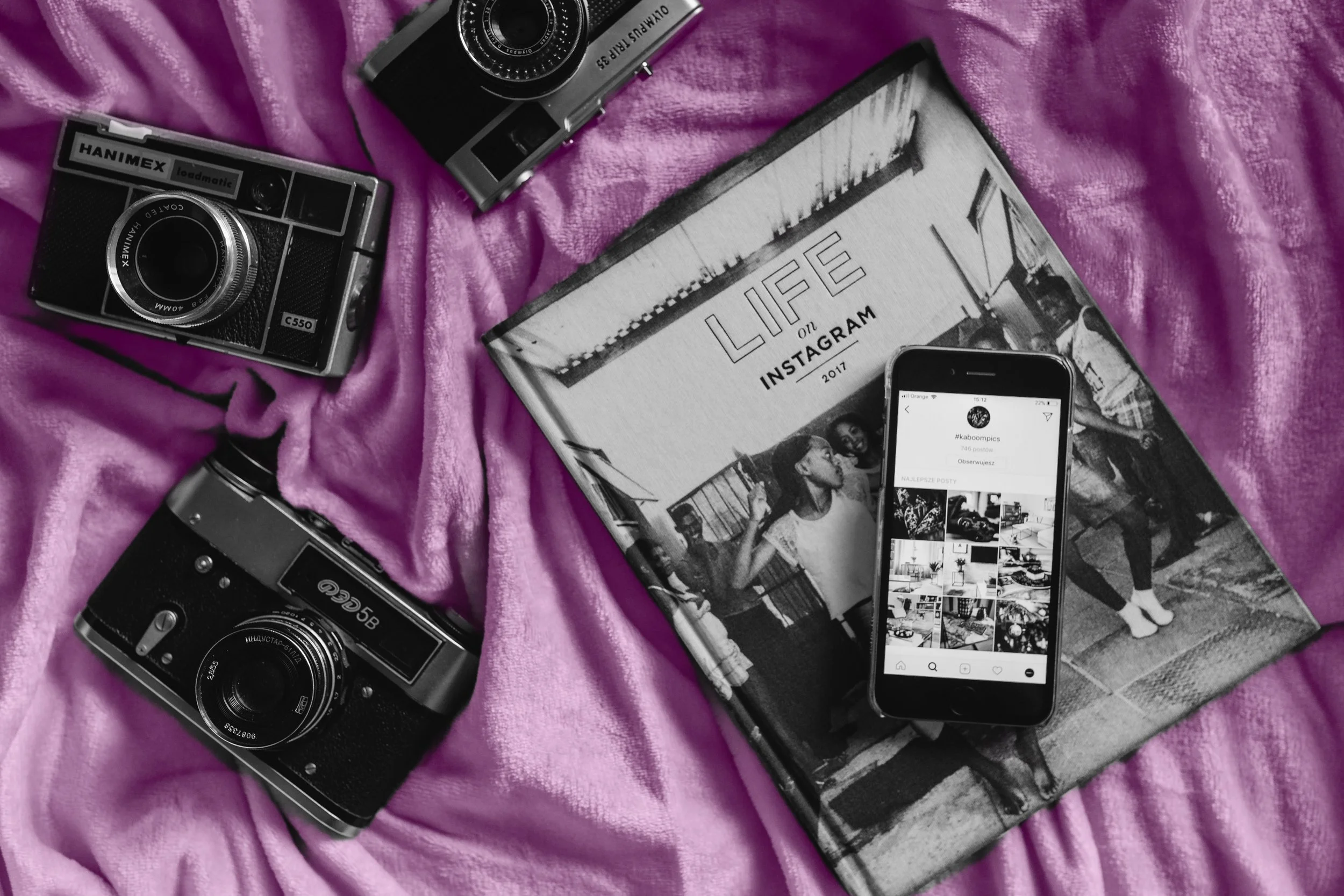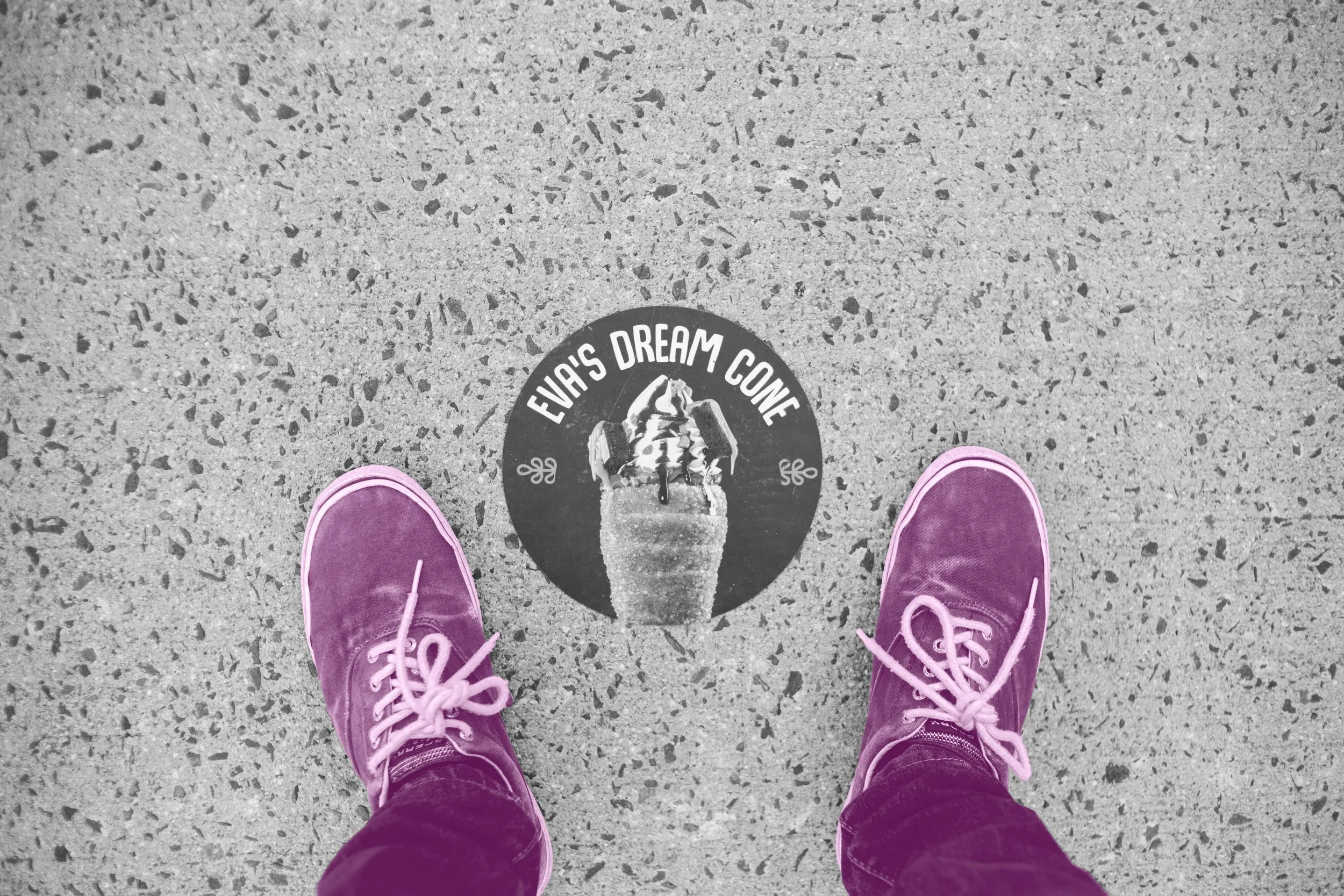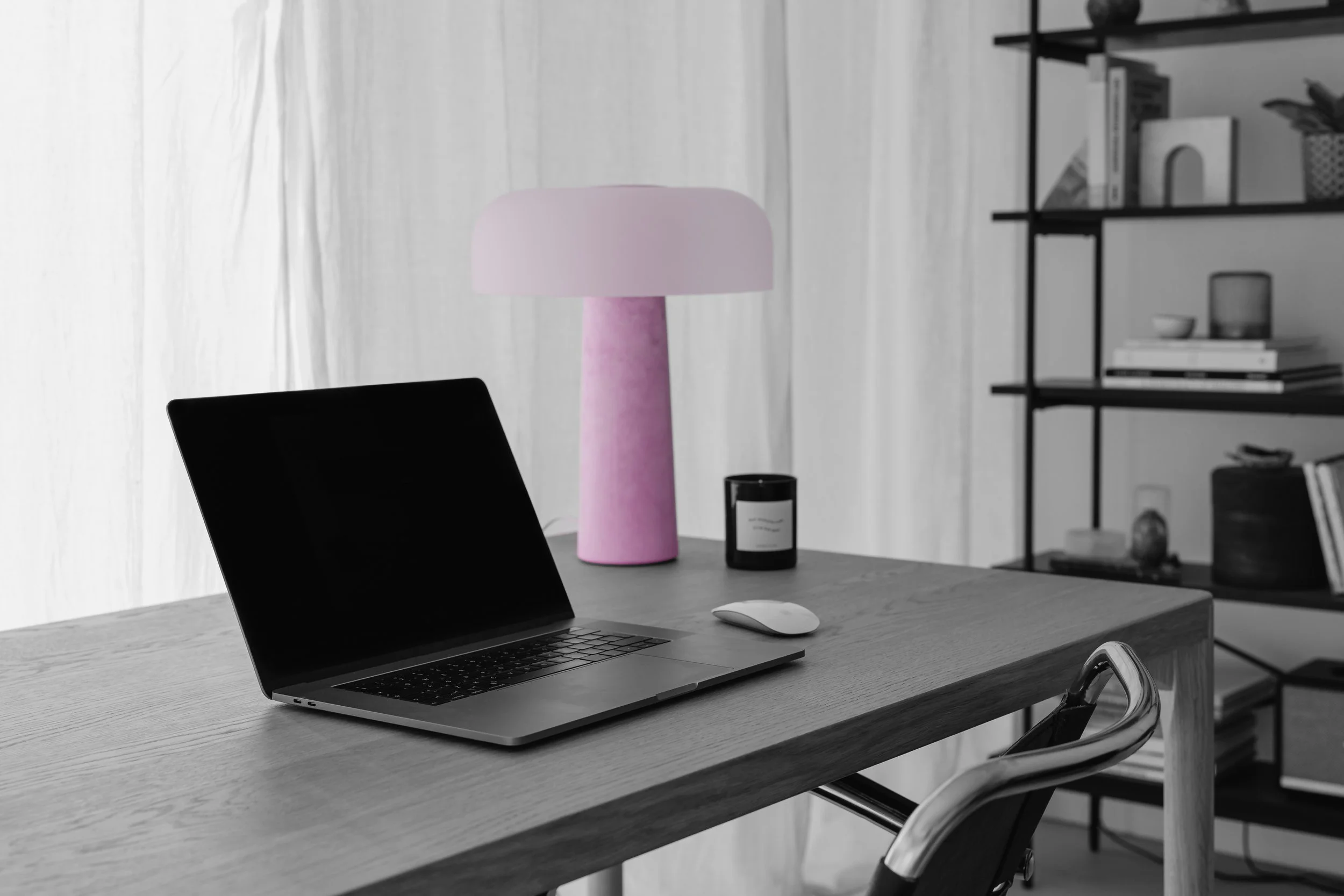Sustainability Brand Storytelling: From Likes to LoyaltyHow Gen Z and Millennials Are Redefining the Rules
In recent years, we’ve witnessed a true evolution in consumer behavior. Millennials (born between 1981–1996) and Gen Z (1997–2012) no longer choose products based solely on price or looks. They want values, authenticity, and responsibility - and this sets new expectations for brands.
From Trend to Norm
Sustainability has shifted from being a “modern trend” to becoming the new standard. Today:
73% of Millennials believe they would change their habits to reduce their environmental footprint.
66% of global consumers are willing to pay more for sustainable products.
In Bulgaria, young people ask “Where was it made?” and “How is the packaging recycled?” before they ask about the price.
More Facts Changing Marketing
72% are buying more “green” products compared to five years ago.
Products marketed as sustainable grow 2.7 times faster.
75% of sustainable products sell better online.
84% of consumers would stop supporting a brand with poor environmental practices.
85% would switch to a sustainable competitor if price and quality were similar.
The Gen Z Paradox
Although 58% of Gen Z say they prefer sustainable products, the reality tells another story - fast fashion is still part of their daily lives. This creates a kind of value paradox, but also highlights how important it is for brands to offer real alternatives.
The Responsibility of Brands
Millennials and Gen Z expect transparency. Brands that act genuinely and speak openly earn trust and loyalty. Those who use sustainability only as a marketing label risk losing their reputation.
At the end of the day, customers are not just buying products - they are investing in the future.
What We Believe at HIBRID
We respect and support sustainable brands. It’s part of our DNA and embedded in everything we do - from creative campaigns and content, to green marketing initiatives and events.
For us, marketing isn’t just about “selling.” It’s about creating meaning, trust, and connection. That’s why we believe the future belongs to companies that build brands with purpose. If you’re among them… Let’s talk.
Sources:
Marine Biodiversity Science Center
businessdit.com
TheRoundup
Gitnux
Game, Set, Brand: The Most Creative Advertising Campaigns from the Tennis Courts
Bulgarian tennis has long excited fans, experts, and all of us who love to take pride in the achievements of our compatriots who bring us global recognition. Hardly anyone would fail to answer the question, “Who is Grigor Dimitrov?” And this year is remarkable thanks to our ambitious young talents Ivan Ivanov and Alexander Vasilev, who are just beginning to write their own stories. But let’s talk about marketing and advertising - and about tennis, which is not only a stage for emotions and inspiration but also for creative campaigns.
Major tournaments such as Wimbledon, Roland-Garros, the Australian Open, and the US Open have become global platforms where brands capture the attention of millions of viewers. Let’s take a look at some of the most inspiring examples of product placement that show how sport and marketing can play on the same team.
Renault – Roland-Garros
Renault used its partnership with Roland-Garros to highlight its commitment to sustainable mobility. The brand’s electric models transported players and guests around Paris, while stylish branded elements appeared across the courts.
When the product reflects the values of the tournament (here - green energy and innovation), the message feels authentic and convincing.
Wilson – Roland-Garros 2025
As the official ball supplier, Wilson launched a large-scale DOOH campaign in Paris. From airports and metro stations to tourist areas, fans saw branded visuals with QR codes leading directly to product pages.
When the product is an inseparable part of the sport itself, positioning feels natural and powerful.
Perrier – Freshness at Roland-Garros
Perrier has been a symbol of Roland-Garros for more than 40 years. From artistic advertisements to the iconic green bottles on the courts, the brand has become an emblem of the tournament.
When long-term partnership and consistent creativity turn a product into part of an event’s DNA.
Evian – Ball Hunt (Wimbledon 2012)
Evian engaged fans with its interactive “Hunt for Pink Balls” campaign in London. Participants followed clues on social media, with Wimbledon tickets as the prize.
When active audience participation creates lasting memories and a strong emotional bond with the product.
M&M’s – Pop-up Store at the Australian Open
M&M’s surprised fans with a pop-up shop offering limited-edition designs and interactive experiences inspired by the Australian Open. The chocolate brand made attending the tournament an even sweeter experience.
When live events and pop-up activations strengthen the connection between the brand and the audience.
In conclusion, major tennis tournaments show how sport and advertising can play in perfect sync. The most successful campaigns - like those of Wilson, Renault, Perrier, Evian, and M&M’s - are not just about placing a logo during an event, but about becoming part of the fans’ emotions and experiences.
Just as Grigor Dimitrov and our young rising stars inspire with their game, creative brands inspire with campaigns that leave a mark.
Guerrilla Marketing: How to Stand Out with Ideas, Not Budgets
It’s 2025. Everyone carries a supercomputer in their pocket. Advertisements surround us from every angle, yet most blend into an indistinguishable blur. Traditional marketing messages are increasingly perceived as unwelcome white noise.
Every brand wants to be noticed, spark a reaction, and linger in memory, but not every brand has a multimillion-dollar budget.
Enter guerrilla marketing: the art of earning attention through creativity, surprise, and emotional impact rather than sheer spend.
What Is Guerrilla Marketing?
Coined in the 1980s by Jay Levinson, guerrilla marketing remains fierce and relevant today. Its premise is elegantly simple: deploy unexpected, unconventional activations in public spaces like on streets, in subways, parks, or even building facades.
At its core, guerrilla marketing trades expensive media buys for surprise and engagement. It’s not an ad you scroll past; it’s an experience that stops you in your tracks, elicits a smile, provokes curiosity, and begs to be shared.
Why It Works
Breaks the Mold: It sidesteps standard ad formats, so people can’t ignore it.
Tells a Story: By weaving narrative into the activation, it creates emotional resonance, not just awareness.
Leaves an Impression: The memorable nature of the stunt endures far longer than a 5-second banner ad.
Maximizes ROI: When executed with ingenuity, even shoestring budgets can generate viral impact that can outperform hefty spends.
Guerrilla in Bulgaria: Real-World Examples
Public Art Installations that transform sidewalks into immersive brand stories.
Interactive Street Furnishings like pop-up libraries and branded obstacle courses that invite passersby to participate.
Flash Mobs choreographed around social causes or product launches, sparking organic buzz both on-site and online.
Such campaigns prove audiences crave more than passive advertising messages. They seek experiences they can feel, live through, and share.
Our Philosophy at HIBRID
At HIBRID, we champion bold ideas that live beyond the screen. We believe the most memorable campaigns come from a fearless willingness to defy convention.
Ready to make noise without blending in? Let’s design a guerrilla campaign that won’t just be seen—it will be experienced, remembered, and shared.
Floral Marketing: Why This Blooming Trend Captivates Brands — And How Sustainable Is It?
In the ever-evolving world of marketing, trends come and go, but some leave a lasting sense of timelessness and natural power — as is the case with the emerging phenomenon of floral marketing. From luxury brands to eco-focused startups, everyone seems to incorporate flowers into their marketing strategies. But why is this wave gaining momentum right now? Who’s using it, and most importantly — can floral marketing be sustainable?
Let’s dive into the roots of this trend and explore how brands can embrace it without compromising their green values.
Why is floral marketing flourishing?
Flowers have a unique ability to evoke strong emotions — joy, nostalgia, tranquility, and a sense of well-being. In an era where emotional connection with consumers is key, flowers offer a universal language that speaks directly to the heart.
In the age of Instagram and TikTok, aesthetics are paramount. Floral designs and installations naturally attract attention, encourage sharing, and increase organic reach. Vibrant colors and natural forms create a sense of vitality and authenticity that digital audiences are seeking.
Following the COVID-19 pandemic, consumers have been drawn to messages of hope, growth, and new beginnings. Flowers, as symbols of life cycles, renewal, and rebirth, resonate strongly with these feelings. Today’s consumers expect brands to demonstrate a commitment to the environment. The use of natural elements like flowers builds a perception of eco-responsibility — but only if done thoughtfully.
Who is using floral marketing?
From luxury brands like Dior and Gucci, which emphasize elegance, natural beauty, and timeless aesthetics, to cosmetic brands with a sustainability focus that integrate floral motifs into packaging, brand identity, and online content, floral marketing is an approach embraced across more and more sectors.
Boutique hotels, wellness brands, restaurants, and event spaces are also tapping into the trend with living walls and more. Eco-influencers and green startups are equally devoted to floral marketing, weaving it into their messages of natural beauty and ethical values.
Floral marketing is no longer the exclusive domain of "feminine" brands — it is becoming a universal symbol of authenticity and care.
Is floral marketing sustainable?
Although flowers are a natural product, their use in marketing is not always eco-friendly. Traditional practices in the floral industry often involve heavy pesticide use, excessive water consumption, and a high carbon footprint due to air transport. On top of that, single-use installations generate significant waste.
That’s why sustainable floral marketing requires a deliberate, eco-conscious approach — including minimizing water usage, composting, donating, choosing local and seasonal flowers, or using dried flowers. When applied mindfully, floral marketing is not just a fleeting trend — it can be a powerful and sustainable storytelling tool that can elevate your brand to a whole new level of connection with nature, beauty, and authenticity.
For brands focused on green values, this is not just about using flowers — it’s about using them responsibly to create a better future.
Ready to make your brand bloom with strong and sustainable marketing strategies?
Let’s build a campaign that will flourish!
The Power of Creative Campaigns
In today's saturated market, standing out requires more than just offering a superior product or service; it demands creativity that captures attention and fosters emotional connections. Creative campaigns are pivotal in distinguishing brands, driving engagement, and building lasting relationships with audiences.
Focusing on brand preference can drive business growth, increase market share, strengthen pricing power, and improve shareholder returns. Prioritizing this metric can unlock a brand's true potential.
Creative marketing campaigns break through the noise by presenting messages in innovative and memorable ways. They resonate on a personal level, evoke emotions, and often inspire action. Such campaigns not only enhance brand visibility but also contribute significantly to brand loyalty and advocacy.
They encourage sharing, leading to organic reach and heightened brand visibility. This word-of-mouth promotion is invaluable in building brand recognition.
Real-Life Examples
Like Nike! The iconic "Just Do It" campaign has evolved over the years, consistently delivering powerful messages that inspire athletes worldwide. By featuring stories of perseverance and triumph, Nike has solidified its position as a brand synonymous with motivation and excellence.
Another great example is Coca-Cola who replaced the iconic logo with popular names on bottles, encouraging consumers to find and share a Coke with friends and family. This personalized approach led to increased consumer engagement and a notable rise in sales.
The Conclusion?
Investing in creative campaigns is not merely an option but a necessity for brands aiming to thrive in today's competitive landscape. By crafting innovative and emotionally resonant messages, companies can elevate their brand presence, foster deeper connections with their audience, and drive sustainable growth.
So if you need a tailor-made creative campaign for your brand - HIBIRD is here to make you shine!
Why sustainable marketing matters?
It all begins with an idea.
In today's fast-paced digital landscape, businesses are continuously seeking new avenues for growth, while consumers are becoming increasingly informed about environmental and social issues. Naturally, the evolution of marketing is moving in this direction, paving the way for sustainable marketing strategies that enable companies to make a long-term impact, engage in ethical advertising, and uphold environmental responsibility.
What is it?
Sustainable marketing promotes products, services, and brands in a manner that aligns with social responsibility and ecological sustainability. Unlike traditional marketing, which often prioritizes short-term gains, sustainable marketing focuses on building trust and fostering deeper connections with consumers.
Today's consumers, particularly Millennials and Gen Z, increasingly favor brands that demonstrate a commitment to sustainability. Research indicates that over 70% of consumers are willing to pay a premium for products from companies that prioritize environmental and social responsibility. Businesses that adopt sustainable marketing practices cultivate stronger brand loyalty and trust. Transparent, ethical advertising and genuine efforts towards sustainability not only help build trust but also nurture long-lasting relationships with customers.
Does it have longevity?
Sustainable marketing is not merely a trend; it is a strategy for long-term business success. Companies that incorporate sustainable practices are more adaptable, resilient, and prepared for future regulatory and consumer shifts.
At HIBRID, we believe that marketing can be powerful and responsible. Sustainable marketing is the future! Whether you are a startup or an established brand, integrating sustainable marketing strategies will benefit the planet while creating deeper connections with your customers and ensuring long-term success.
It's time to craft impactful, ethical, and effective strategies for your brand! Contact us today!

















